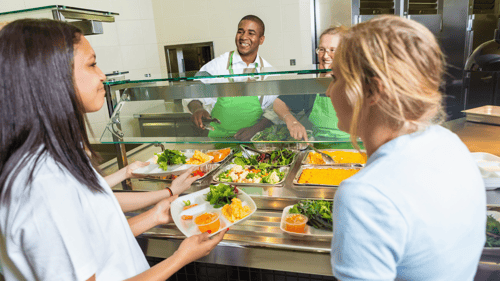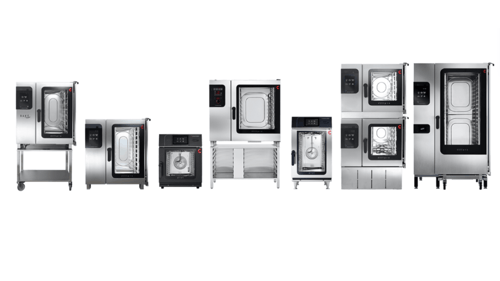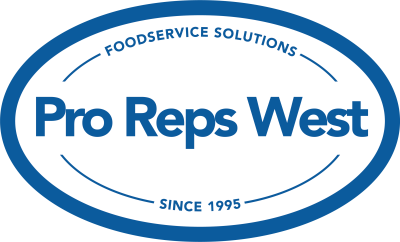From Cafeteria to Classroom: Tackling Today's School Foodservice Challenges
Today's school nutrition programs face two different realities. On one hand, its never been more challenging to provide nutritious meals for students given budget restraints, labor challenges, regulations, and more. On the other hand, many innovations exist today to make school foodservice more efficient while simultaneously delivering higher quality.
By analyzing some of the biggest challenges facing the foodservice industry today, school kitchens of all types can be proactive instead of reactive, which can make a difference in a continuously changing environment.
Foodservice Operations Face Significant Labor Challenges
Labor is among the first challenges that commercial kitchens and food operations must address. There is a significant labor shortage in the food and beverage industry right now, and there are a number of reasons why commercial and institutional foodservice operations are having a difficult time attracting talented employees.
Budgets across the sector are being tightened, employees are more likely to leave their jobs for a higher-paying opportunity, and there is an increased demand for higher salaries. In addition, professional foodservice employees are often being asked to do more with less, and a lack of resources can make it difficult to craft appealing meals for students. A lack of a consistent labor force can lead to a lack of consistency in terms of meal quality and students, which can have a negative impact on the health and well-being of teachers, students, and employees. This is a problem across the school cafeterias in California, and commercial kitchens will need to find a way around these labor shortages.
An Increasing Amount of Attention Is Being Paid to Nutrition
Nutrition is more important than ever before, and many foodservice operations have a hard time providing nutritious meals. Fruits, vegetables, and whole grains are often more expensive than processed foods and unhealthy options. This can make it hard for commercial kitchens, particularly school cafeterias, to provide nutritious options while staying within their budgets.
There are also added costs associated with nutritious meals, such as maintaining proper equipment, handling fresh food appropriately, and preserving it until it can be cooked. When combined with tougher federal standards, these challenges can be difficult to overcome, school kitchens can invest in new equipment that can help school kitchen employees provide healthy, tasty, and nutritious options for students.
The Efficiency and Speed of the Serving Line Must Improve
With standards higher than ever before, it can be difficult for school cafeterias to keep up. It is critical for schools to have an efficient serving line to ensure the needs of students are met in a timely manner, but many school kitchens have noticed that there is a trade-off between speed and meal quality. An effective serving line that takes advantage of the latest equipment can reduce food waste, ensuring that students have access to the nutrition they need, while ensuring that food is provided at an optimal temperature to ensure safety and taste. If school kitchens conserve more students in less time, they can ensure that students have enough time to eat their food before returning to class, which can make a difference in their performance.
Invest in the Best Possible Equipment to Meet These School Foodservice Challenges
To overcome these challenges, school kitchens and institutional cafeterias must invest in the latest foodservice equipment. By investing in the right equipment, school cafeterias can preserve fresh ingredients, shorten turnaround times, and provide nutritious meals for students even if they don't have a large staff. School cafeterias in California and Nevada that make the investment now can stay one step ahead of their competitors, and the team at Pro Reps West can help directors determine just what's needed based on the given challenges.
.png?width=3013&height=1826&name=PRW%20Badge%20White%20BG%20(1).png)




